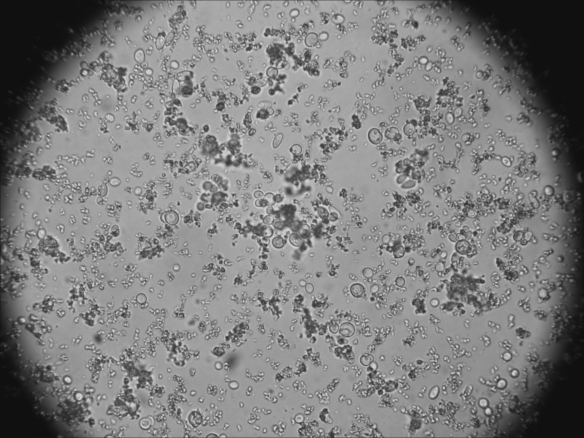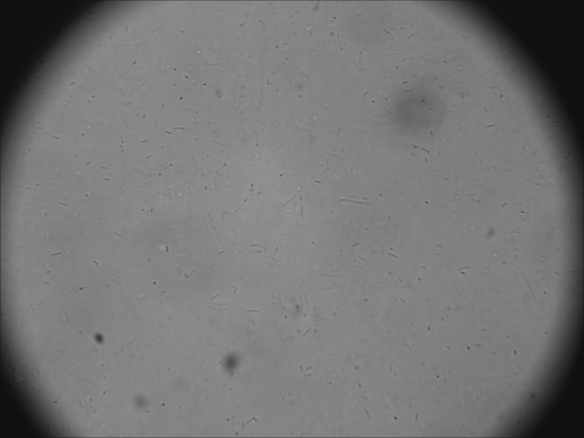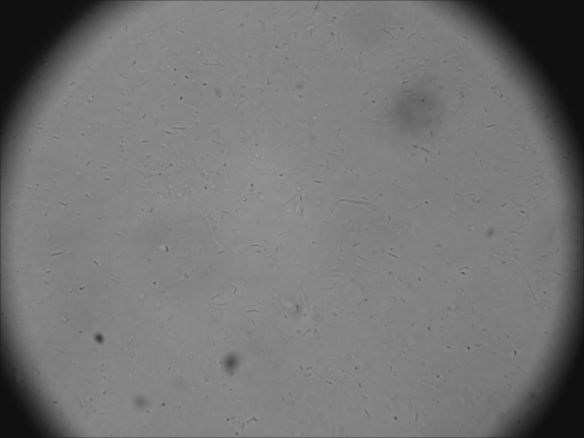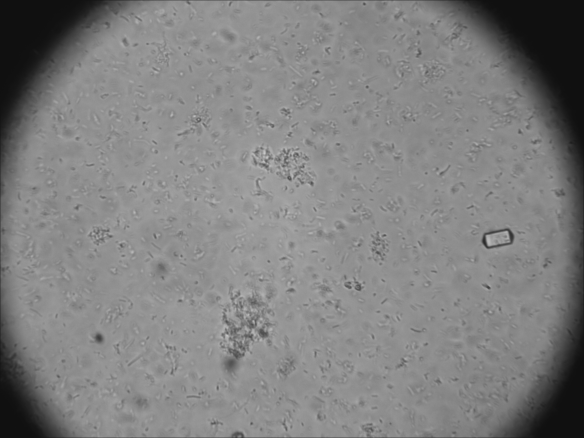Welcome back everyone. Yes, I am still alive. Although my job in science absorbs lots of my spare time lately, I still find time now and then to brew on a semi-professional scale. Which unfortunately leaves yeast science and this blog at lower priorities. I still do yeast work at home but it all shifted to more practical applications like establishing and testing blends, evaluating yeast isolates and playing around with some full size wine barrels.
What I want to share today are the results of an evaluation experiment I performed a couple of months ago to look for MRS media alternatives to propagate lactobacillus at home. MRS media is kind of the golden standard used to propagate lactobacillus. It works very well but with the disadvantage of being a quite expensive media. I therefore tested a couple of cheaper alternative media and compared the growth/propagation efficiency with MRS. Please notice that the experiment and results are added in a rather short kind of way. That’s all from me now. Take out your pencils & notepads and start reading. Over&Out.
Goal of project
- Set up starter conditions and protocols to propagate Lactobacillus sp. to pitchable amounts
- Compare growth properties to MRS broth as reference
- Determine most efficient media to propagate Lactobacillus sp.
Material & Methods
The following media were tested:
- Lactobacillus media 1: 100% apple juice
- Lactobacillus media 2: 100% apple juice + CaCO3 (20 g L-1)
- Lactobacillus media 3: 100% apple juice + CaCO3 (20 g L-1) + yeast nutrients
- Lactobacillus media 4: 10°P DME
- Lactobacillus media 5: 10°P DME, 10% (v/v) apple juice
- Lactobacillus media 6: 10°P DME, 10% apple juice + CaCO3 (20 g L-1)
- Lactobacillus media 7: 10°P DME, 10% apple juice + CaCO3 (20 g L-1) + yeast nutrients
- MRS-Bouillon (as reference, CarlRoth prepared according to manual)
10°P DME starter and MRS media was autoclaved (15 min at 121°C) and mixed with additional components at room temperature. Pasteurized apple juice was used. Each media (50 mL in total) was inoculated with 1 mL of bacteria culture (Wyeast 5335 L. delbruecki/L. buchneri; Wyeast 5223 L. brevis). Propagation performed at room temperature (no shaking, no aeration).
To address the efficiency of the media, the culture densities were estimated based on microscope observations after 7 days of propagation.
Results
WY 5335 L. delbrueckii/L. buchneri:
- Media 1: None-few LAB cells (rod-shaped) visible
- Media 2: Yeast & circular bacteria cells visible (contamination)
- Media 3: Circular bacteria visible (very few LABs)
- Media 4: LAB visible
- Media 5: LAB visible
- Media 6: LAB visible
- Media 7: Lots of LAB
- MRS control: Lots of LAB maybe more than media 7
WY 5223 L. brevis:
- Media 1: None-few LAB
- Media 2: Circular cells, few rod-shaped bacteria
- Media 3: Circular cells, few rod-shaped bacteria
- Media 4: LAB visible
- Media 5: LAB visible, more or less the same as for media 4
- Media 6: Lots of LAB
- Media 7: Lots of LAB, maybe same as media 6
- MRS control: Lots of LAB, same as media 7
pH-measurements after propagation
Unfortunately, I was not able to measure the pH of the media prior to the propagation. Just received my fancy pH-meter a bit to late for that. Below the pH measurements of the media after propagation.
Media // L. delbrueckii // L. brevis
1 // 3.21 // 3.23
2 // 5.80 // 5.87
3 // 6.54 // 5.92
4 // 4.08 // 3.32
5 // 3.10 // 3.22
6 // 5.68 // 4.57
7 // 5.42 // 4.82
MRS // 4.18 // 4.44
Summary & Conclusions
- LAB grow very well in MRS media (room temperature, no aeration)
- Both LAB samples tested grew in various of the tested media. Apple juice, even in presence of other components, does not lead to optimal growth efficiencies compared with the MRS controls
- Propagation in Lactobacillus Media 7 (10°P DME + 10% (v/v) apple juice + 2% (w/v) CaCO3 and yeast nutrients leads to growth efficiencies close to MRS media
In conclusion, growing/propagating LAB in Lactobacillus Media 7 seems to be the most efficient media tested in this series with results similar to MRS media.









